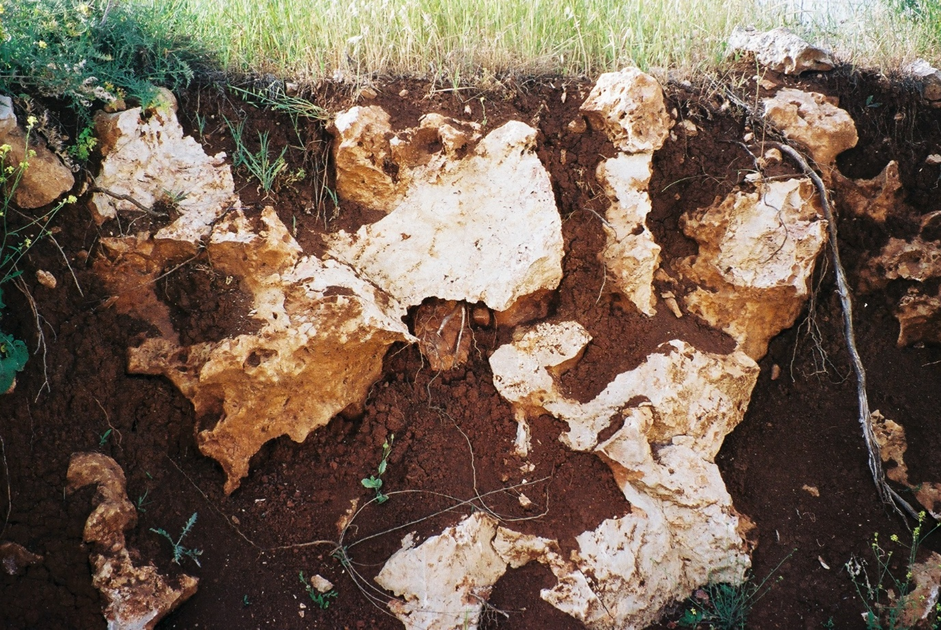
April 6, 2025 – An innovative, early detection method of tomato plant disease well before the symptoms become visible could provide a powerful tool to mitigate crop losses, according to a new study by the Hebrew University of Jerusalem (HU).
The study, published in Plant Disease, reveals that the disease, Fusarium wilt, in tomato plants can be detected by monitoring subtle changes in the plants’ water use, and that measuring water-related traits such as transpiration rates can identify the disease well before visual symptoms appear. This breakthrough provides a quantitative approach to assessing disease severity, pathogen virulence, and plant susceptibility, offering breeders and researchers a powerful tool to mitigate crop losses and improve agricultural sustainability.
Fusarium wilt, caused by a soil-borne fungus (Fusarium oxysporum f. sp. lycopersici), is a devastating disease that results in substantial economic losses worldwide. Traditionally, plant disease detection is based on visual assessments, which can often be subjective and inaccurate. By the time symptoms are visible, substantial damage has already occurred.
This study, however, takes a different approach, focusing on precise water-relation measurements using a high-throughput physiological phenotyping system. The research team employed advanced lysimeter technology to continuously monitor transpiration rates and biomass changes of tomato plants in a semi-controlled greenhouse environment.
“This research demonstrates that water-related physiological traits like transpiration can act as sensitive, reliable early indicators of Fusarium infection,” explained Shani Friedman, a Ph.D. student Shani Friedman (Goldfarb), under the supervision of Prof. Menachem Moshelion from the Robert H. Smith Institute of Plant Sciences and Genetics in Agriculture at HU’s Robert H. Smith Faculty of Agriculture, Food and Environment. “We were able to quantitatively measure how plants respond to the pathogen well before they exhibited the traditional visible symptoms of disease,” Shani said.
This innovative methodology has potential beyond tomatoes. The research team also successfully applied it to potato plants infected with late blight, demonstrating the versatility of their physiological monitoring system for other important plant diseases. The research paper titled “Early Detection and Quantification of Fusarium Wilt in Greenhouse-Grown Tomato Plants Using Water-Relation Measurements” is now available in Plant Disease and can be accessed here.
Researchers: Shani Friedman1, Ahan Dalal1, Dor Batat1, Saul Burdman2, Yheonatan Sela1, Matanel Hipsch1,
Shilo Rosenwasser1, Evgeniya Marcos Hadad2, Shay Covo2 and Menachem Moshelion1 Institutions: 1) The Robert H. Smith Institute of Plant Sciences and Genetics in Agriculture, The Hebrew University of Jerusalem 2) Department of Plant Pathology and Microbiology, The Institute of Environmental Sciences, The Robert H. Smith Faculty of Agriculture, Food and Environment, The Hebrew University of Jerusalem The research received support from the Shoenberg Research Center for Agricultural Science and the Israel Science Foundation.



